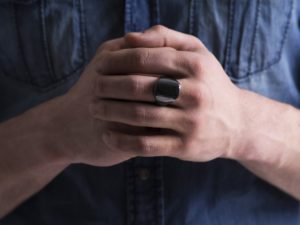Welcome to part three of our series about hacking the workplace to better suit our human needs. So far, I’ve discussed natural lighting and meeting culture. Now, I want to talk about the concept of nudge theory, and how to get people moving more.
What exactly is nudge theory?
Nudge theory focuses on altering environments to influence the behaviour of individuals or groups. But these changes aren’t just designed to increase the possibility of a particular outcome, they also benefit those making the decisions. And they don’t necessarily have to be grand gestures, either. For example, I worked with an accountancy company in Scotland who laid down footprints from the office entrance to the stairs. And they found that people were more likely to follow the footprints than walk over to the lift. As a result, the company had influenced its employees to take the healthier route.
The benefits
These nudges are also likely to impact other aspects of life, too. As I said last week, movement promotes neurogenesis by getting fresh, oxygenated blood flowing through the body and brain. And this helps to boost things like creativity, energy, and vibrancy. When we provide people with what they need to thrive, the quality of their work is also likely to improve.
How to Apply It
Another way of utilising nudge theory would be to include more standing desks. Activity stations, such as an opportunity to slam down a medicine ball or do some stretching with a resistance band, are also a great way to encourage movement. It’s important for leaders to demonstrate the alternative ways of working that are available. If others are seen doing something a bit different, people will be more inclined to try it for themselves.
A Little Nudge Leads To Much More
Little nudges can lead to more movement, happier staff, and better work. And again, it’s not a new concept, but perhaps a good one we’ve been slow to adopt. There’s an excellent book, James Clear’s Atomic Habits, that explains how to change an environment and direct people towards a new habit you want them to form. So, whether you want to energise your workspace, promote mobility, or encourage more breaks, which I’ll be talking more about next week, give nudge theory a go. And if you do try it, please get in touch and tell us how you got on. Follow or message us on LinkedIn and Facebook and Instagram.
Wellbeing Resources
Check out our free posture guide for desk workers. Many of us frequently sit or stand at a desk, our posture guide will show you how to set up your workstation, stretches to do to avoid getting tight, uncomfortable muscles, and how to correct your posture to stay relaxed and energised whilst at work.
Interested in finding out what your health IQ is? Take the Health IQ test to receive a free 39-page report built around our six signals: sleep, mental health, energy, body composition, digestion, and fitness.


